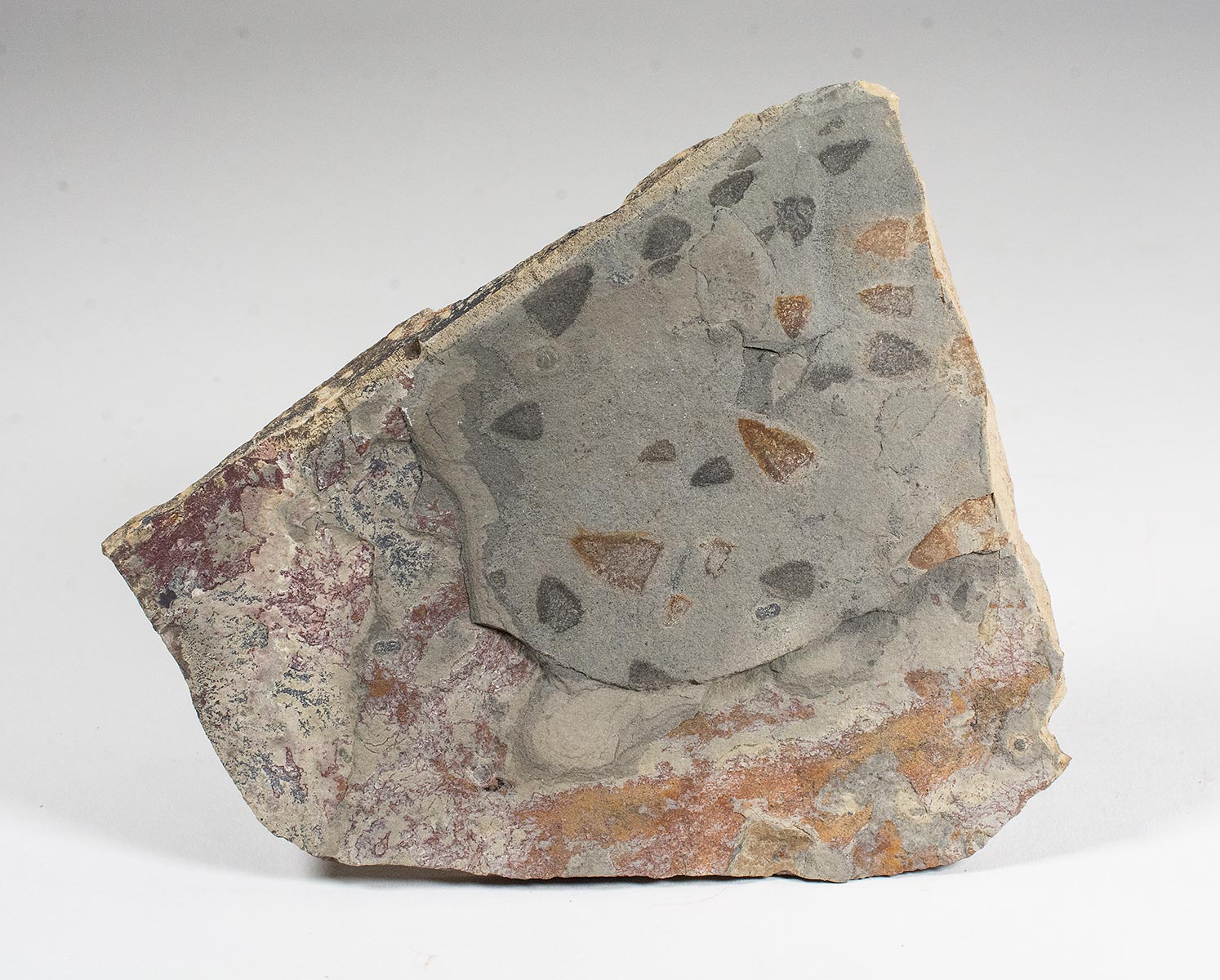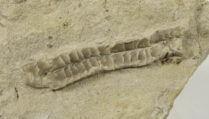Description
Diagoniella sp.
Middle Cambrian
Wheeler Formation
House Range, Millard Co., Utah, USA
Big 121mm slab with at least 20 sponges
Here’s an odd piece for the fossil sponge collector and I know you are out there, Jim.
Diagoniella is a genus of extinct sponge that lived during the Cambrian period, which occurred between 541 million and 485 million years ago. It is known from fossils found in the Burgess Shale as well as the Middle Cambrian of Utah.
Diagoniella was a small, tube-shaped sponge that attached to the seafloor by a stalk. It had a unique skeletal structure made of spicules, which are tiny, needle-like structures that provide support to the sponge’s body. The spicules in Diagoniella were arranged in a spiral pattern, giving the sponge a distinctive appearance.
Diagoniella is of interest to paleontologists because it is one of the earliest known sponges with a mineralized skeleton. The evolution of mineralized skeletons in sponges was an important step in the development of complex life during the Cambrian period.





